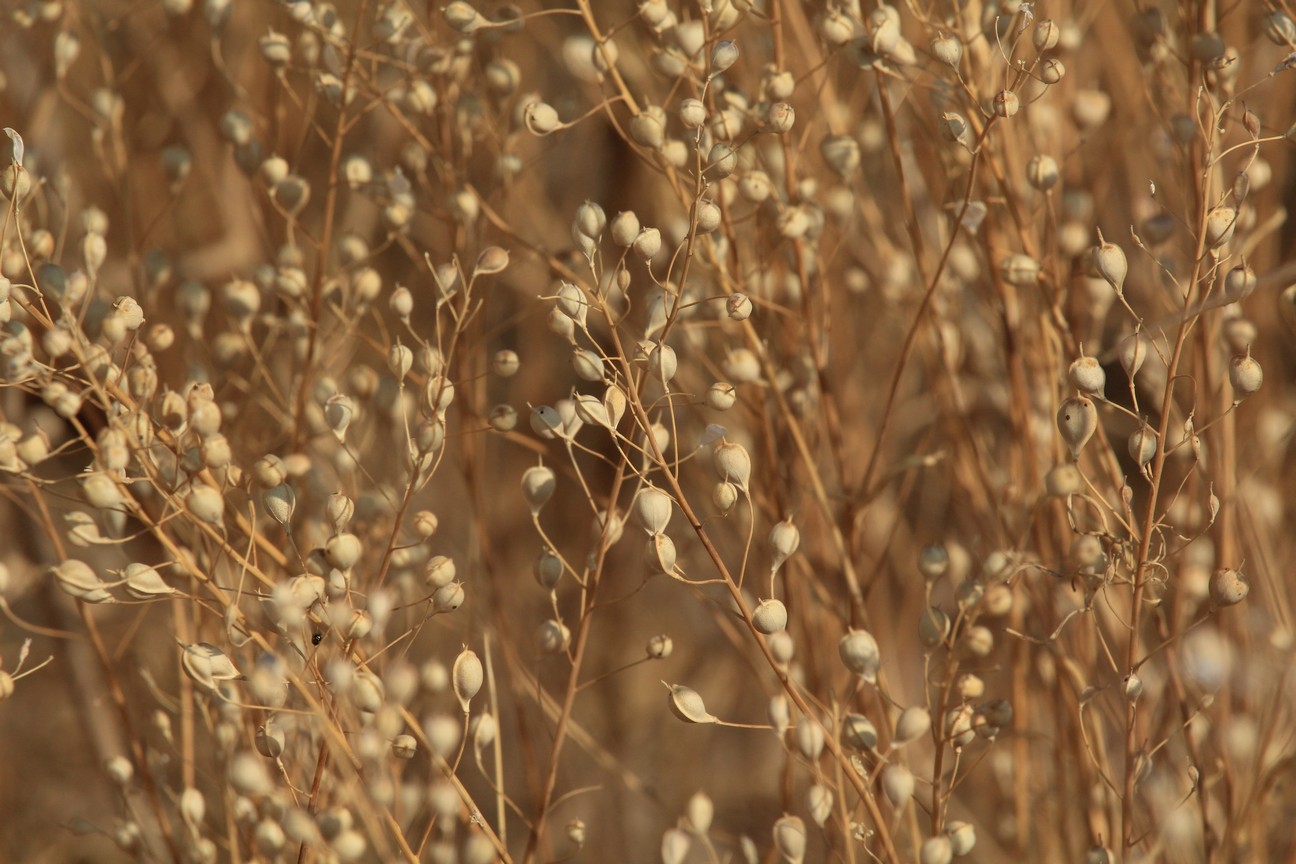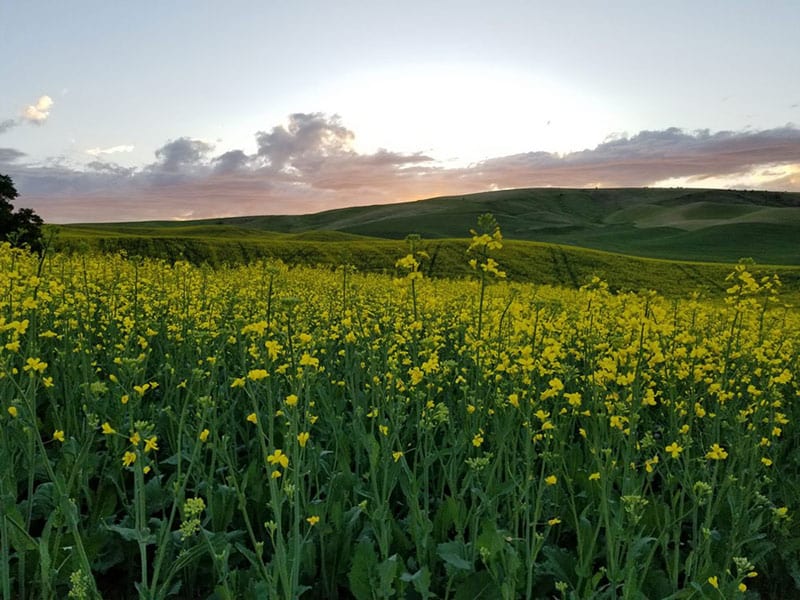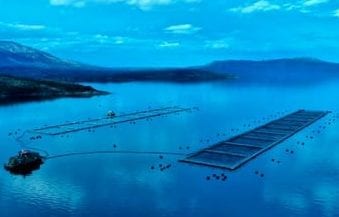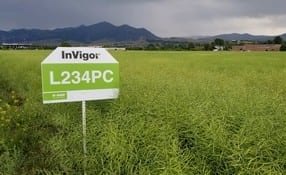Meet the Industry Member: BrettYoung April 27, 2020
Spring Canola Seeding Tips
Why we are a member of the PNWCA:  As a relatively new participant in the Pacific Northwest canola industry, membership in the PNW Canola Association (PNWCA) for BrettYoung is a vital link to insights about a new marketplace for us and our canola varieties. Industry associations like the PNWCA present opportunities to exchange ideas and to learn what’s working and what’s not for growers. It is also a chance to get to know the right people and make friends, and part of making friends is introducing ourselves.
As a relatively new participant in the Pacific Northwest canola industry, membership in the PNW Canola Association (PNWCA) for BrettYoung is a vital link to insights about a new marketplace for us and our canola varieties. Industry associations like the PNWCA present opportunities to exchange ideas and to learn what’s working and what’s not for growers. It is also a chance to get to know the right people and make friends, and part of making friends is introducing ourselves.
About us: As we are relatively new to most growers in the PNW, here’s a little about us. BrettYoung is a diversified, family-owned seed company based in Winnipeg, Canada that operates three distinct business units:
- A crop inputs business serving Western Canada and several states in the U.S. focusing on canola, soybean and forage seeds and biological/inoculant products distributed via various retailers
- A wholesale forage and turf seed business focused on producing, processing and exporting forage and turf seed to global markets
- A professional turf and reclamation business serving markets across Canada with a broad inputs and equipment product line
BrettYoung’s tagline, “Distinct By Design”, describes our goal on how we manage the business. Throughout our 80-year history we’ve had the intent and focus on offering growers a unique and exceptional source of high-performance products from technology developers who are not multi-national corporations. We take care to partner with like-minded suppliers who can offer differentiated technologies, unique germplasm and perhaps most importantly, value for money.
Spring canola is a major focus for BrettYoung’s crop inputs business unit. Most of our sales are in Western Canada where production happens on about 20 million acres each year, but we have been a long-standing participant in the North Dakota spring canola market, and more recently we have had several of our cultivars in Montana State University and University of Idaho small plot variety trials as well as large-scale on-farm variety trials managed by Washington State University (see PNW, U.S., and Canada variety trial results here). The canola breeders we are partnered with work hard to develop varieties suited to the markets we serve. Our focus is on top yielding hybrids in several herbicide platforms with great agronomics and disease resistance.
Resources for seeding information
Getting the crop off to a good start is critical to successful canola production everywhere. The Canola Council of Canada (CCC) is a great resource when it comes to canola agronomy. They provide sound, science-based recommendations, and support research on all aspects of canola production.
Two great pieces of information by the CCC include https://www.canolacalculator.ca/target-plant-density which provides a great tool for calculating your target seeding rate and https://www.canolawatch.org/2016/04/27/seeding-in-dry-conditions/ which gives a lot of helpful tips when seeding canola into dry conditions. Another resource for seeding information can be accessed here on the PNWCA website in the ‘Planting’ section of the Production Strategies page.
Key things to consider for seeding spring canola:
• Seed early to avoid high temperatures during flowering.
o Canola is susceptible to flower abortion due to high temperature (temperatures above 80° F), early seeding will help promote earlier flowering during the summer season.
• Target a stand with 5-8 plants per square foot. This requires seeding a minimum of 10 seeds per square foot, increase seeding rate if conditions are not ideal. Adjust target seeding rate based on seed size.
o Canola is a very elastic plant that readily develops side branches when stand populations are lower. This can be a great yield stabilizer, but increased side branching also delays maturity, so it is recommended to enhance early crop development. This starts with properly calculated seeding rates based on seed size to aim for the higher side of the target 5-8 plants per square foot.
• Avoid wide row spacing to minimize branching and prolonged flowering (15 inches or less)
o Row spacing greater than 15 inches will increase crop side branching which will delay flowering and crop maturity.
• Manage previous crop residue in the fall to conserve moisture and prepare a good seedbed
o Poor seedbed conditions will lead to poorer seed placement, increased stand unevenness at emergence, and potential increase in seedling losses. Any factors leading to a thin stand increase the risks for yield loss.
• Canola is sensitive to seed-placed fertilizer; it is recommended to apply no more than 20-25 lb per acre of phosphate in the seed row.
o Fertilizer in the seed row is detrimental to seedling survival in a sensitive crop like canola. Manage seed-placed fertilizer to conditions and reduce rates when seeding into dry soils. Use mid-row banding or pre-plant incorporation for higher fertilizer volumes.
• Use a pre-plant burndown to start clean and conserve moisture – be careful with residual herbicides.
o Canola seedlings are relatively weak competitors, so starting with a weed-free field helps with even and healthy stands.
• Use slower seeding speeds to improve seed placement and seed-to-soil contact to get better emergence and stand uniformity. herbicides.
o High seeding speeds are a major cause of poor seed placement. The faster the speed, the more uneven the seed placement and the less uniform the stand is. The pictures below were taken 21 days after seeding and show the impact on the stand when seeding speed is increased from 3-5 mph.
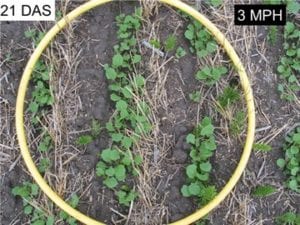
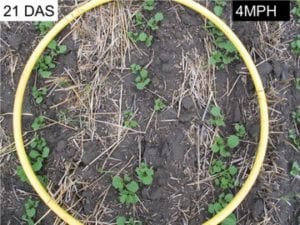
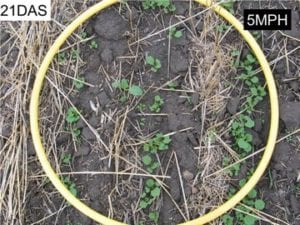
Source: Canola Council of Canada
We hope to get to know you better over the coming seasons and encourage you to plan for early, dense, and uniform starts to your canola stands to ensure the greatest potential. For any inquiries please visit us at brettyoungusa.com or contact your BrettYoung territory manager: Justin Barbot (ph. 701.500.0158 or justin.barbot@brettyoungusa.com). We also encourage you to check the Seed Supplier page on this website to see where BrettYoung spring canola seed is available at retailers in the PNW.


